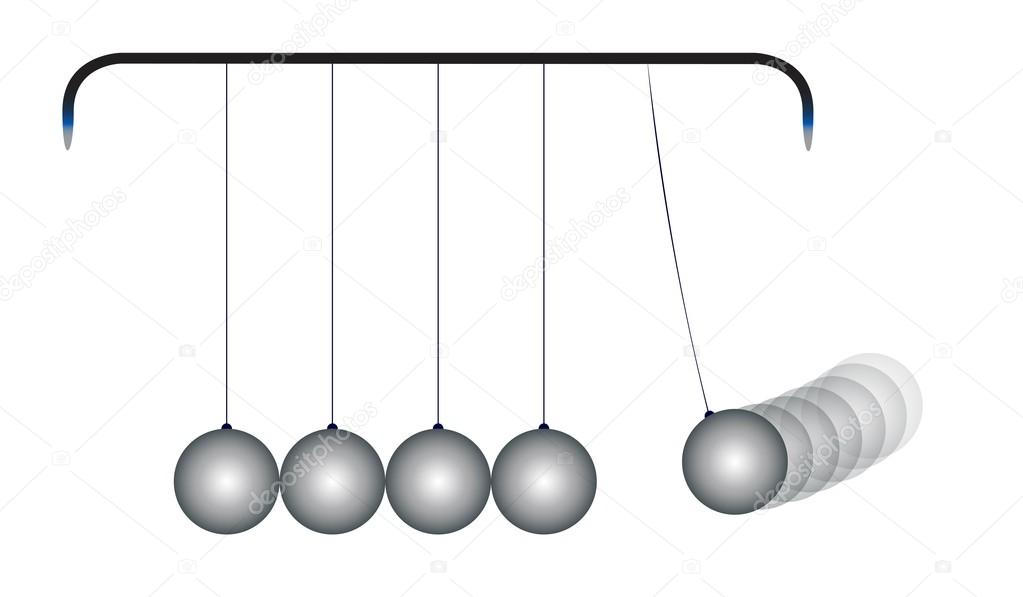The Power of Motion: How Kinetic Energy Drives Our World
Have you ever wondered how a roller coaster can go from a complete stop to a high-speed thrill ride in just a few seconds? Or how a bullet can pierce through a solid object with ease? The answer lies in the concept of kinetic energy.
Kinetic energy is the energy an object possesses due to its motion. The faster an object moves, the more kinetic energy it has. This energy can be transferred from one object to another, and it plays a crucial role in many aspects of our daily lives.
To understand kinetic energy, let's start with the basics. Everything around us is made up of atoms and molecules that are constantly in motion, even if we can't see it. When these particles move, they create energy, which can be stored as potential energy or released as kinetic energy.
Potential energy is the energy an object has due to its position or shape. For example, a stretched rubber band has potential energy because it is ready to snap back into its original shape. When the rubber band is released, it converts its potential energy into kinetic energy as it snaps back into place.
Similarly, when an object is in motion, it has kinetic energy. The amount of kinetic energy an object has depends on two factors: its mass and velocity. The formula for calculating kinetic energy is:
KE = 1/2mv^2
Where KE is kinetic energy, m is mass, and v is velocity. This formula tells us that the more massive an object is and the faster it moves, the more kinetic energy it has.
Let's take a look at some real-life examples of kinetic energy in action. Imagine you're standing at the bottom of a hill, watching a car drive down towards you. As the car approaches, it gains speed and its kinetic energy increases. If the driver loses control and crashes into a wall at the bottom of the hill, the car's kinetic energy will be transferred to the wall, causing damage.
Another example of kinetic energy is a baseball being hit by a bat. When the bat strikes the ball, it transfers its kinetic energy to the ball, causing it to fly through the air. The faster the ball is hit, the more kinetic energy it has, and the farther it will travel.
Kinetic energy is also important in the world of physics. In fact, it is one of the fundamental concepts of classical mechanics. It plays a crucial role in understanding motion, momentum, and collisions.
When two objects collide, their kinetic energies can be transferred from one object to another. For example, imagine two billiard balls colliding on a pool table. The kinetic energy of one ball is transferred to the other, causing it to move. The total amount of kinetic energy in the system remains constant, but it is distributed differently between the two objects.
So why is kinetic energy important? For starters, it allows us to understand and predict how objects will behave when they are in motion. It also plays a vital role in many aspects of our daily lives, from transportation to sports.
In transportation, kinetic energy is what allows cars, trains, and planes to move. Without it, we wouldn't be able to travel at high speeds or cover long distances. In sports, kinetic energy is what allows athletes to run, jump, and throw with speed and power.
In conclusion, kinetic energy is a fascinating concept that plays a significant role in our world. It allows us to understand how objects behave when they are in motion and how energy can be transferred from one object to another. Whether you're riding a roller coaster or playing a game of baseball, kinetic energy is always at work, powering our movements and experiences.
Labels: Interesting, science


0 Comments:
Post a Comment
Subscribe to Post Comments [Atom]
<< Home